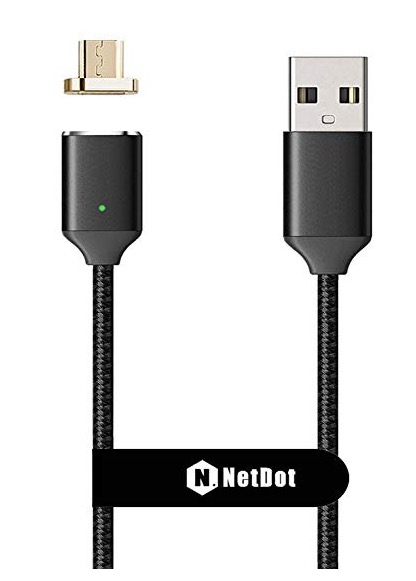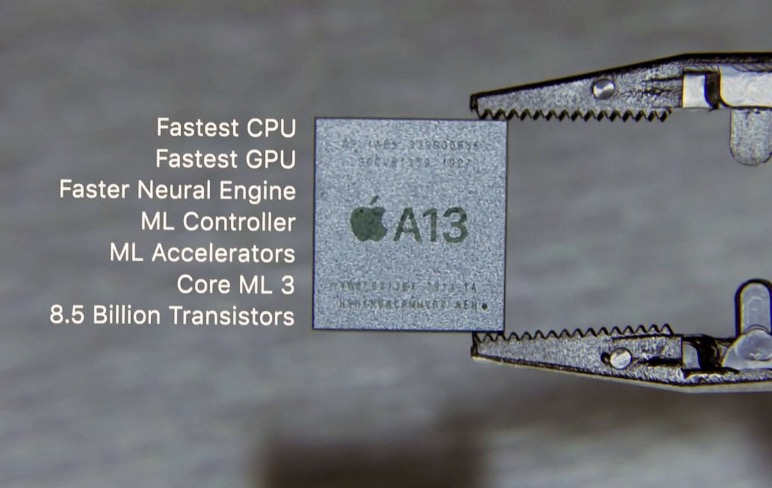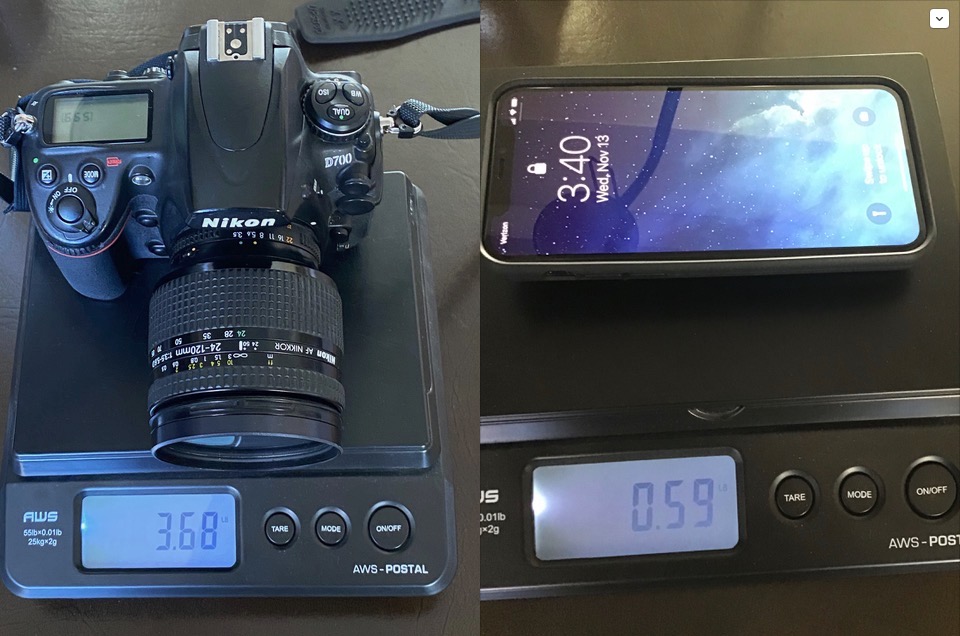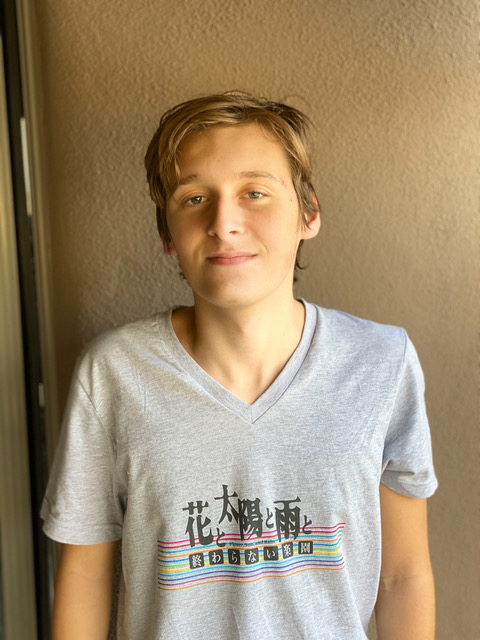The greatest American feast and the great man who made it possible.
This article first appeared here on November 23, 2006.
For an index of articles on art illustrators, click here.
Today’s journal entry is only peripherally about photography, as I am busy cooking. It is, however, intended as a reminder why any ambitious person should consider coming to America to improve himself and his lot in life. It still matters little in the United States who your father was, how you speak and what size, religion or color you are. Hunger enough and you will be rewarded. You don’t even need ability. Just the desire to work hard.
When I emigrated from Britain to the United States on November 16, 1977, I had no idea of the existence of the great feast of Thanksgiving. Why should I? Poor old England, having won the war and lost the peace, was mired in repressive socialist politics where everyone, starting with schoolchildren, was being reduced to the level of the laziest. Thus the citizens of the British Empire had little to give thanks for. Not having benefitted economically from my fine British education, I did not arrive with just the money in my pocket. Rather, I arrived $4,000 in debt – half from my employer, the other half from my sister in Seattle, who had the vision to come here some years before me. The only hard assets I had in this world were my Leica M3 with 35mm, 50mm and 90mm lenses and two shabby polyester business suits bought at C&A in London. The Leica would last me another thirty years. The suits quickly moved on.
Five days later I found myself a guest of an American family which, with traditional hospitality, had invited this funny sounding immigrant to their Thanksgiving meal. I can never forget this act of warmth and welcome, nor the truly wonderful selection of food loaded on a table whose legs must have been groaning under the weight. This was America as I had always pictured it – the family home, warmth, conviviality, joie de vivre, everyone healthy and rosy cheeked and food a plenty. No wonder that Thanksgiving remains one of my favorite American holidays, for it was my introduction to the best in American values. To this day, few occasions give me greater pleasure than cooking a bird of choice for the feast that follows.
Years later I got to know the art of Norman Rockwell and he captures the sense of this great occasion better than anyone. No photograph can improve on this. Four generations gather to enjoy the feast to come. The sun is shining. Everyone is smiling. All is right with the world.

Let me preface what follows with the statement that I am an apolitical animal, believing solely in an economic system which allows individuals to be rewarded for their efforts and which keeps entitlements and government to a minimum. At the same time, such system has to be imbued with a strong dose of humanitarianism to protect the poor and unfortunate. That’s simple decency. The picayune distinctions in America between Democrats and Republicans, and their rabid hordes of followers looking for a benefit for no cost, are simply of zero interest to me.
Sad, then, to contemplate a Thanksgiving where I can no longer say with joy that I am sharing my lot on this earth with the giant who was Milton Friedman, who passed away a week ago. People speak of him as a great economist, but he was much more than that. He was a great humanist, having by the sheer power of his intellect created more wealth in twentieth century America than all her industrialists combined. Consider just some of his achievements.
- The ending of the draft.
- The abolition of the gold standard.
- Proof positive that Government monetary policy caused inflation.
- The commitment to free immigration.
- The support of school vouchers to remedy the crime that is American public education.
This was a man for the ages.
I had the great pleasure of meeting him at the invitation of my friend Art Laffer, in 2002 on his 90th birthday, at a presentation he gave at the Ritz in San Francisco. It was, interestingly, the first time I saw a journalist use a digital camera – I recall with some fascination noting how he inspected the little screen on the back of his camera to check the picture from time to time. Friedman was, his 5 foot 2 inch stature notwithstanding, a giant, with an electric personality. A sharp wit and great charm. His teaching inspired two great students – Reagan and Thatcher – to fix the messes they had both inherited. Milton Friedman’s school drew no geographical boundaries in its admission of pupils. And tuition was free. Indeed, the president of the newly free republic of Estonia, when asked why he had imposed a low rate flat tax on his nation shortly after it gained freedom from its Russian opressor, replied that the only book on economics he had ever read was Milton Friedman’s “Free to Choose”. It hardly need be added that Estonia is booming.
So while I rue this Thanksgiving, the first where Milton Friedman is not among us, I rejoice in the knowledge that even now he is teaching our maker why freedom is the only policy for those in charge to pursue. Friedman once famously remarked:
“A society that puts equality – in the sense of equality of outcome – ahead of freedom will end up with neither equality or freedom. The use of force to achieve equality will destroy freedom. On the other hand, a society that puts freedom first will, as a happy by-product, end up with both greater freedom and greater equality. Freedom means diversity but also mobility. It preserves the opportunity for today’s less well off to become tomorrow’s rich, and in the process, enables almost everyone, from top to bottom, to enjoy a richer and fuller life.”
Amen to that, and Happy Thanksgiving.









